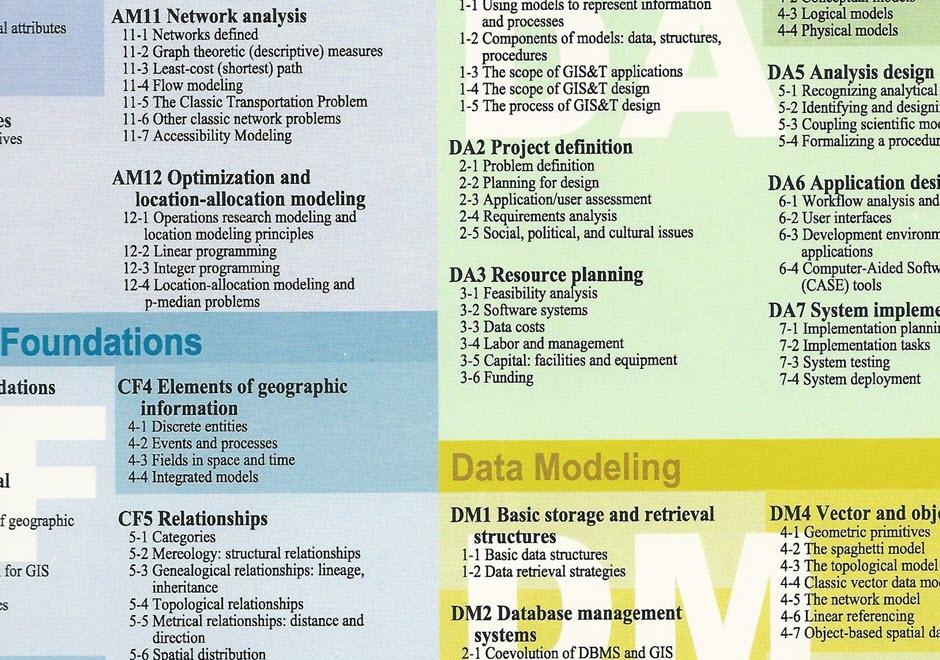AM9-3 - Spatial filtering

- Identify modeling situations where spatial filtering might not be appropriate
- Demonstrate how spatial autocorrelation can be “removed” by resampling
- Explain how dissolving clusters of blocks with similar values may resolve the spatial correlation problem
- Explain how the Getis and Tiefelsdorf-Griffith spatial filtering techniques incorporate spatial component variables into OLS regression analysis in order to remedy misspecification and the problem of spatially auto-correlated residuals
- Explain how spatial correlation can result as a side effect of the spatial aggregation in a given dataset
- Describe the relationship between factorial kriging and spatial filtering


AM9-4 - Spatial expansion and geographically weighted regression (GWR)